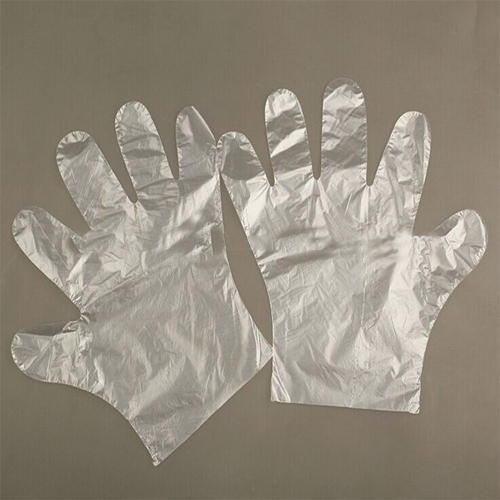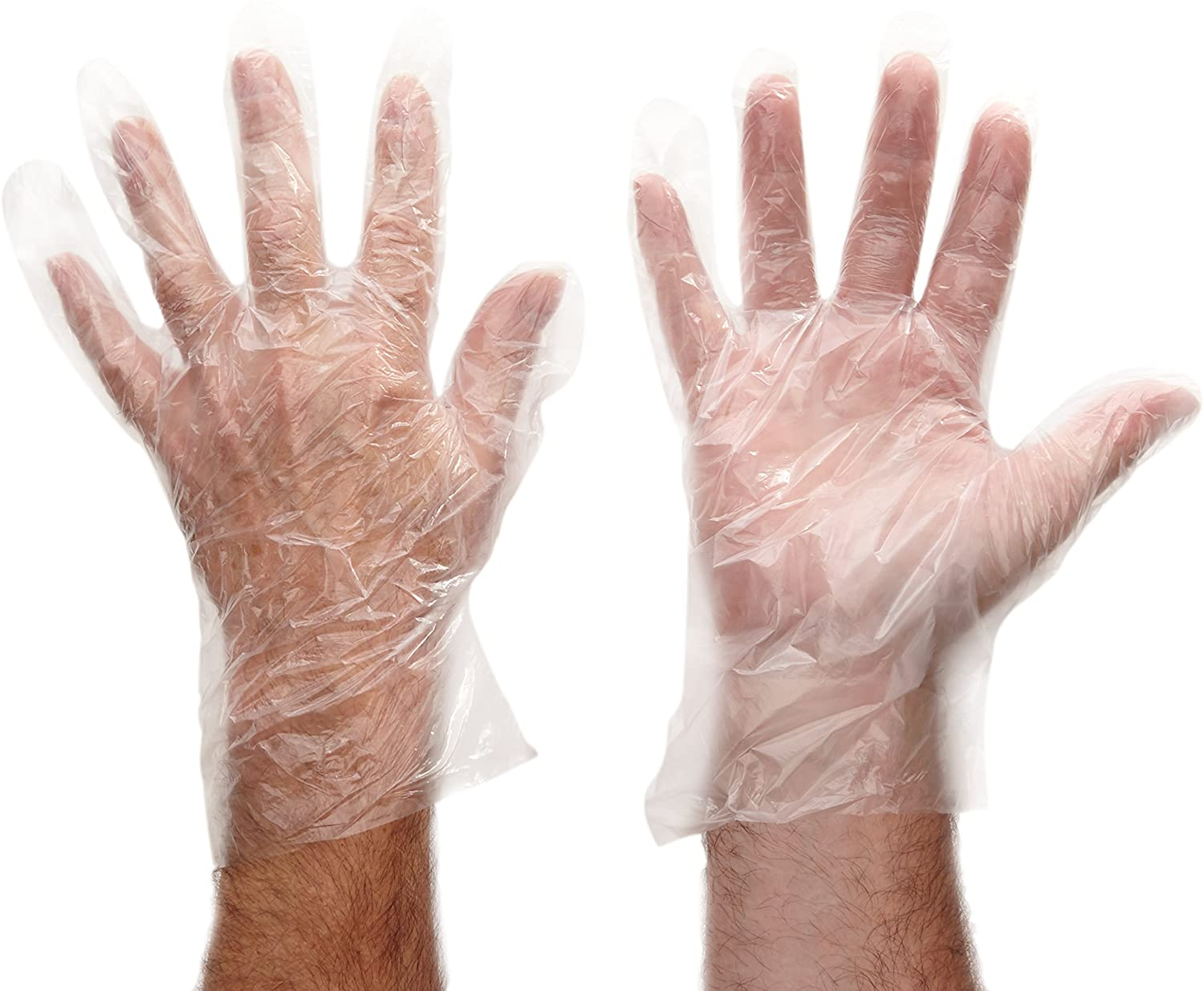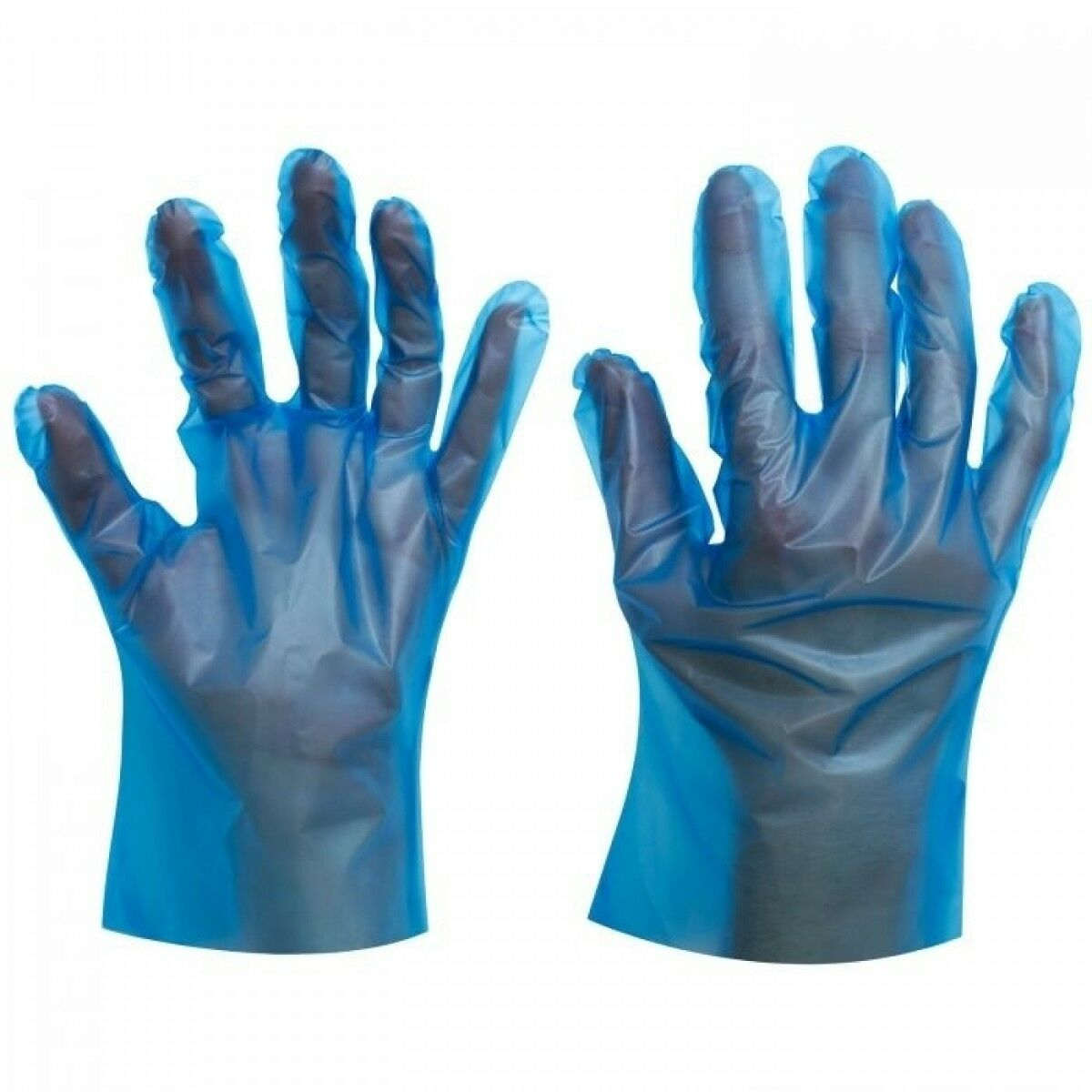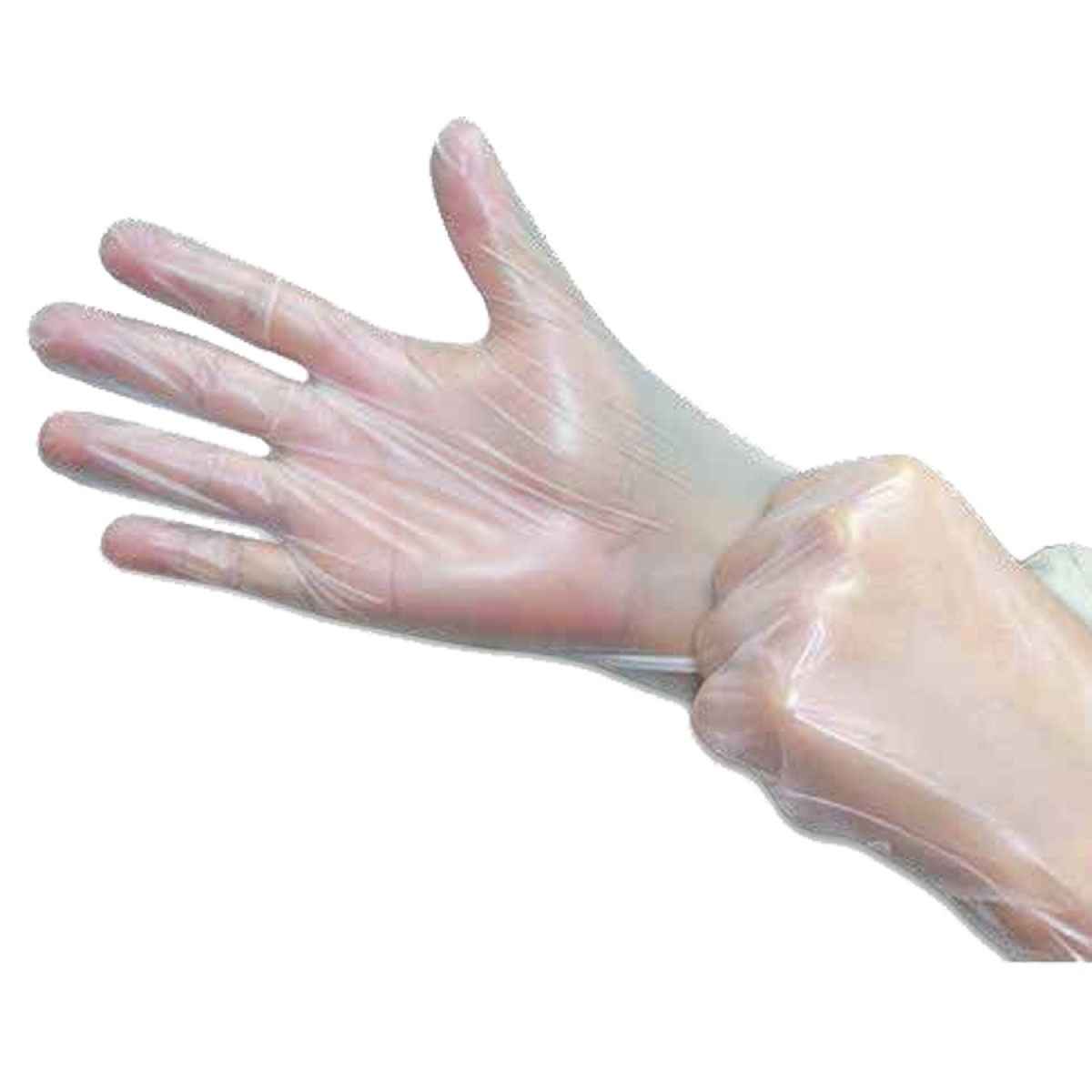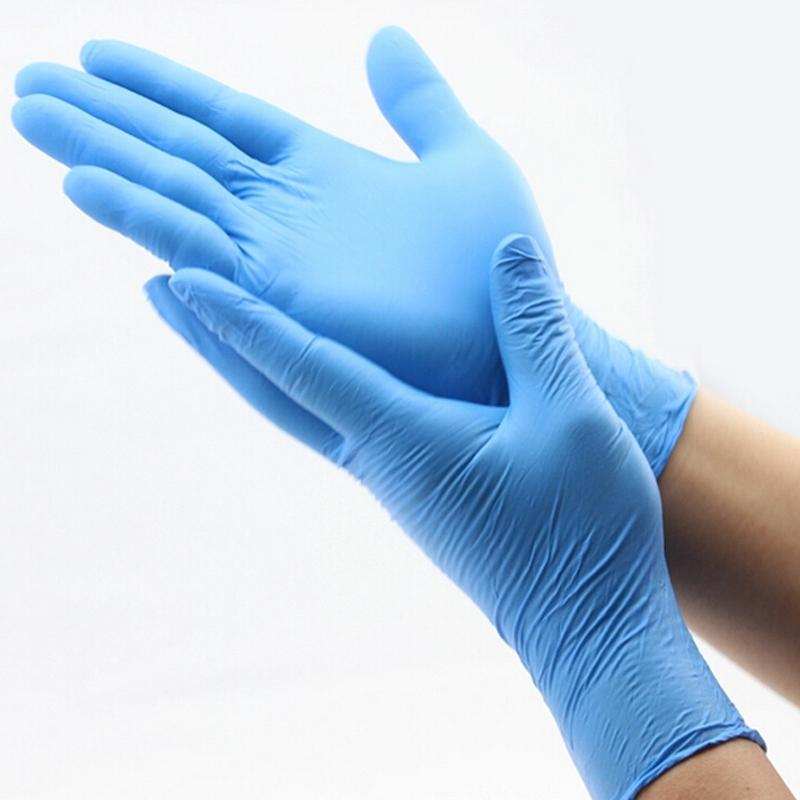
Importance of Medical Nitrile Gloves
Widely common by professionals in various areas, high-performance disposable Medical Nitrile Gloves are essential equipment for hand protection. Whether for professional activities in the area of health, cleaning, aesthetics, food, or even in the handling of chemical products.
The hands are highly connected in the execution of tasks; therefore, they must be protected to preserve the user's health from external agents. And when we refer to employee protection, it is necessary to think about exposure to chemicals, contact with food, and also the well-being of hands during activities.
How to properly dispose of protective Medical Nitrile Gloves?
However, there are varied options that differ, either by their composition or purpose. Here, it is necessary to be aware and choose the ideal disposable Medical Nitrile Gloves for the type of work performed local risk and expected protection. An error in choosing this equipment can bring some complications.
Therefore, it is essential to identify which version should best suit the task to be performed. So, to help you choose the ideal disposable glove, we bring you a comparison between two high-performance gloves for professional and home use: the Nitrile Glove and the Vitriol Glove.
Best high-performance disposable Medical Nitrile Gloves
The Nitrile Glove you must already know as it is very popular in the market and, currently considered, the best high-performance disposable glove. The Vytril ® Glove is gaining space quickly thanks to its characteristics of having a performance very similar to the Medical Nitrile Gloves, however, with a better cost-benefit ratio.
Nitrile gloves are especially great because they are stronger than latex, plastic, or vinyl. We found the best disposable glove options for food prepping, industrial work, cleaning, and more. We explain their purposes, particularities, and also the precautions in using each one. Find out below and choose the ideal disposable glove for you!
Va bene Medical Nitrile Gloves
Very resistant and with a wide area of use, the Nitrile Glove consider the 'darling' in terms of hand protection by many professionals. Seen as the evolution of the latex glove, the Medical Nitrile Gloves has excellent elasticity, promoting precision and agility in movements.
In addition, it has resistance to tearing when pulled, wear and tear. The secret of the quality of the Nitrile Glove is in its composition, Nitrile.
What are Medical Nitrile Gloves?
Nitrile or Nitrile Resin is a synthetic rubber-not derived from petroleum, very resistant, and that surpasses the traditional latex in strength and quality. Its composition makes the glove resistant to acid and chemical products, such as cleaning products.
All these characteristics referring to its composition, make the Medical Nitrile Gloves very durable, being considered in several professional sectors as one of the most adherent and wear-resistant disposable gloves. among the disposable gloves, the Nitrile Glove is the one with the highest financial investment.
Disposal Techniques of Medical Nitrile Gloves
Professionals who routinely come into contact with contaminants and body fluids already have their waste and disposal techniques. However, some professions that come into contact with abrasive products – such as:
- Janitors
- Hairdressers
- even mechanics.
Do not always have access to these resources or know-how the ideal disposal should be done. Thus, we prepared this post on how the “homemade” disposal (that which does not need regulation) should be carried out. Check it step by step:
1. Taking medical Nitrile Gloves out of hands
We must remove medical Nitrile Gloves without hand touching the outside of the material. Thus, it avoids the contamination of your skin with agents that may be in the glove. With both gloved hands, begin by removing the glove from your dominant hand.
Hold the outside and avoid coming into contact with your skin. After that, with the dominant hand no longer gloved, insert a finger inside the other glove and remove it completely, avoiding touching the outside of the glove, as shown above.
2. Ideal disposal type of medical Nitrile Gloves
Hospitals and other health facilities have their waste and separate collection for disposal of materials that may contain contaminants, but generally other professions and places do not have access to this type of service. Even so, we can take some precautionary measures for optimal disposal.
It is important to always dispose of your medical Nitrile Gloves in the common trash, preferably in a closed bag. Remember never to dispose of in open trash, dumpsters, deposits, recyclables, or places that give access to the gloves and contact other people, such as those who collect recyclables.
3. Anyway, discarding
After completing the steps described here, throw your gloves into a reinforced trash bag, preventing them from coming into contact with the trash and without your hands coming into contact with the outer parts of the Medical Nitrile Gloves.
Close the bag and, when disposing of it take by the garbage truck, bag it with another to avoid contact with workers who collect the garbage with any contaminant. After removing the gloves, wash your hands thoroughly with soap and water and also after the final disposal process.
Fact or fake: Myths and truths about protective gloves
The post-pandemic coronavirus “new normal” will require greater care from professionals in all areas. Many will start to adhere to the use of Medical Nitrile Gloves and others will redouble their attention in the use of this Personal Protective Equipment (PPE).
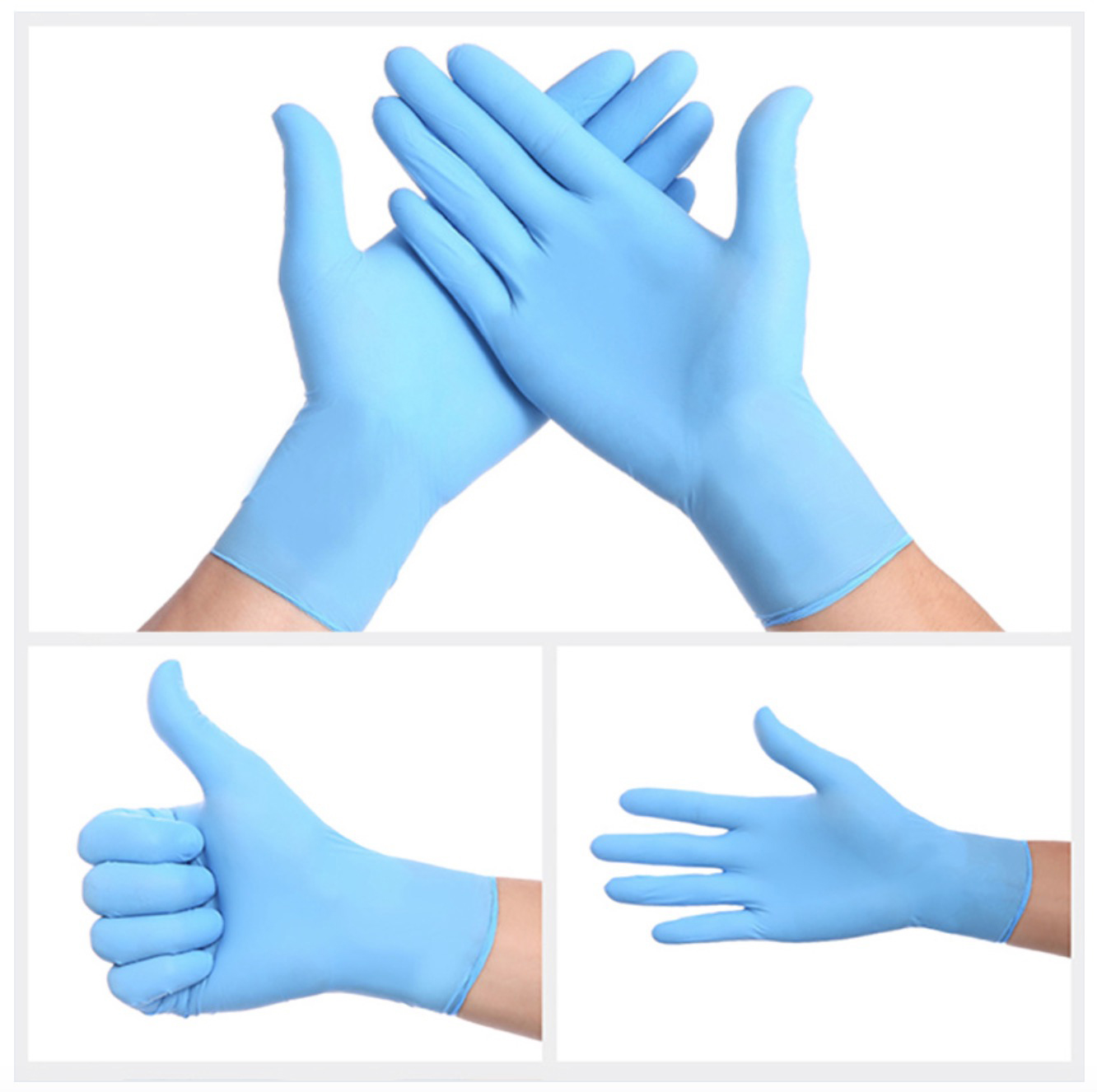
Check out some facts and myths about the use of protective gloves:
Disposable gloves provide more cost-effectiveness: FACT
Reusable gloves, those made of rubber that you find in supermarkets, may seem more economical, but make no mistake: the waste of water and material to sanitize them after use ends up weighing on the bill. Furthermore, it takes more time to do this sanitization, which could be common to continue the workflow.
When you use Medical Nitrile Gloves, you don't need to invest time or water resources, just use and dispose of them correctly. In other words, much more practicality for your daily life.
Wearing gloves replaces hand hygiene:
Even with hands protected by gloves, it is always necessary to sanitize them before and after using the PPE. A good wash with soap and water or 70% alcohol gel is essential even when wearing gloves.
Conclusion
The constant use of a reusable glove may lead to the growth of bacteria, fungi, and viruses. If the user comes into contact with one of these external agents and the internal and we avoid external cleaning. The tendency is for the pathological microorganisms to install themselves in the glove and reproduce.
